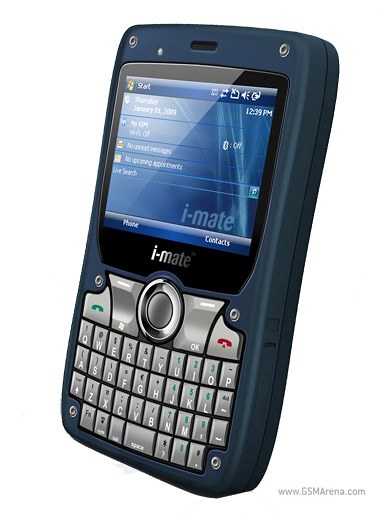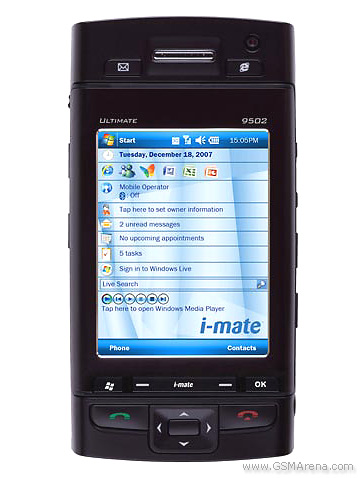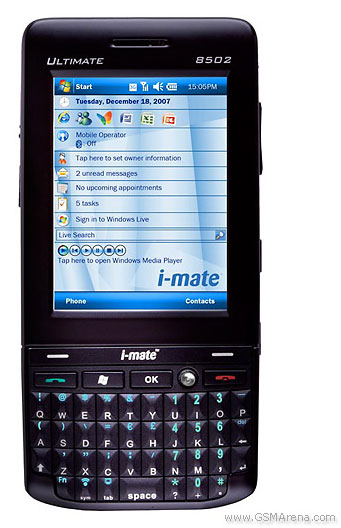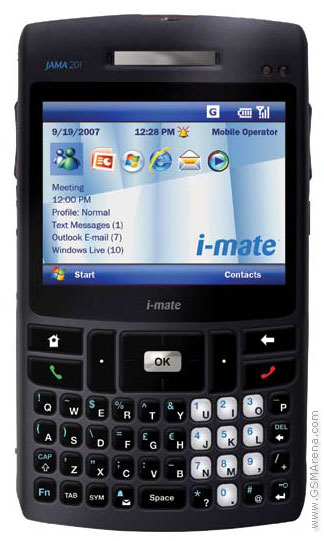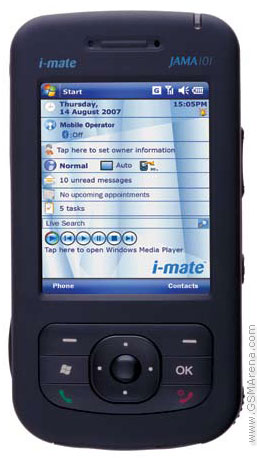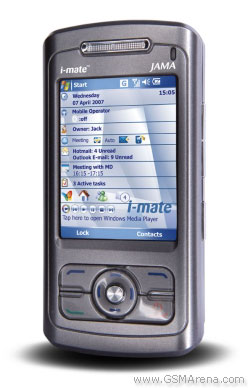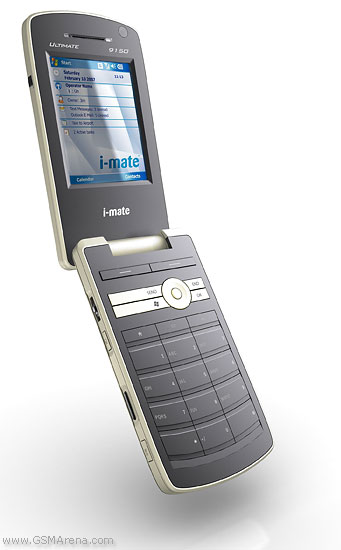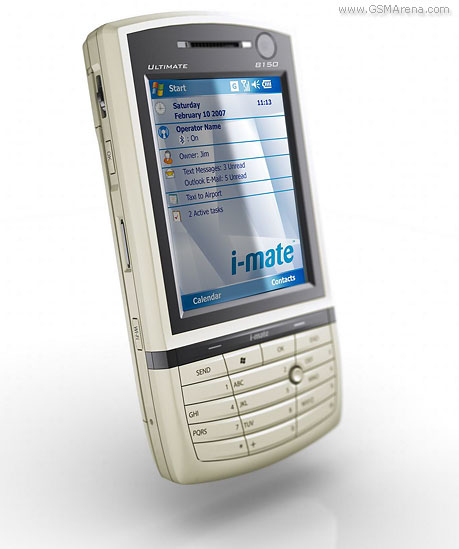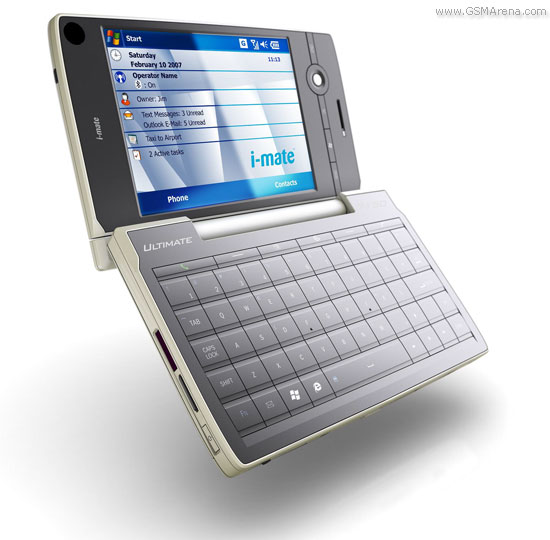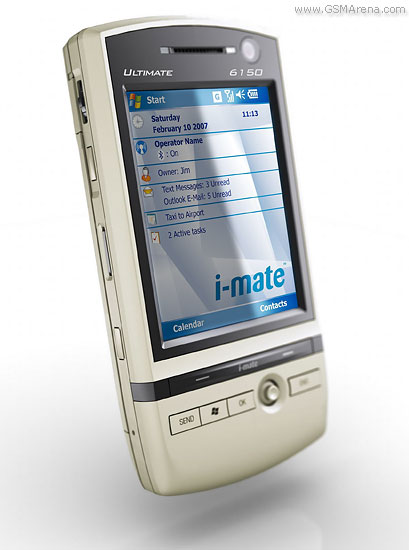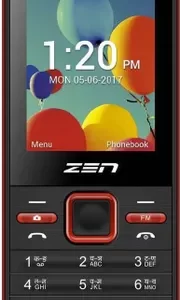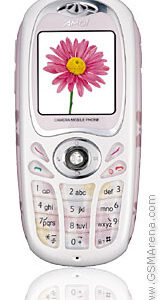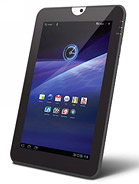i-mate K-JAM Overview
The i-mate K-JAM, released in 2006, was a Windows Mobile smartphone manufactured by HTC and rebranded by i-mate. It was a successor to the popular i-mate JAM and offered several improvements, including a larger display, faster processor, and more memory.
Key Features:
- Operating System: Microsoft Windows Mobile 5.0 for Pocket PC Phone Edition
- Display: 2.8-inch TFT LCD (240 x 320 pixels)
- Processor: Texas Instruments OMAP 850 200 MHz
- RAM: 64 MB
- Storage: 128 MB ROM, expandable via miniSD card
- Camera: 1.3 MP with video recording
- Battery: 1250 mAh Li-Ion
The i-mate K-JAM offered a wider range of features than its predecessor, including:
- Phone: Made and received calls, supported SMS and MMS messaging
- Email: Allowed users to send and receive emails with attachments
- Calendar: Helped users manage their schedules and appointments
- Contacts: Stored contact information with various details
- Tasks: Helped users manage to-do lists
- Web browser: Enabled basic web browsing with improved performance compared to earlier models
- MP3 player: Played music files
- Bluetooth: Allowed for wireless connectivity with other devices like headsets and for data transfer
- Wi-Fi: Enabled internet access through wireless networks (a new feature compared to the i-mate JAM)
The i-mate K-JAM also retained the physical QWERTY keyboard that was popular on earlier smartphones.

